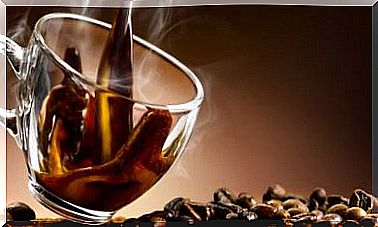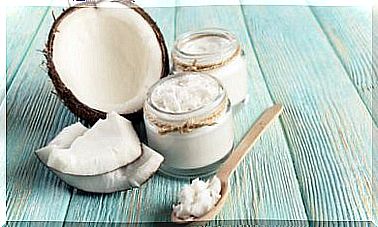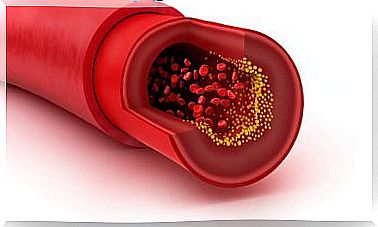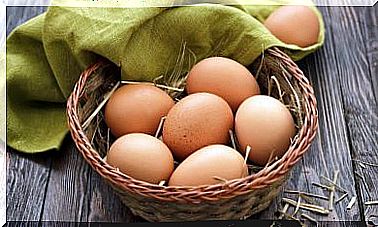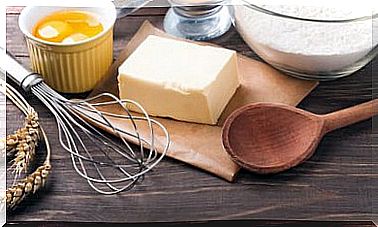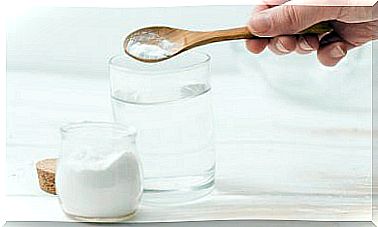How To Avoid Fluid Retention To End Body Swelling
Diet is essential to regulate fluid retention. We must include ingredients with diuretic properties and try, in turn, to practice physical activity to promote purification of the body.
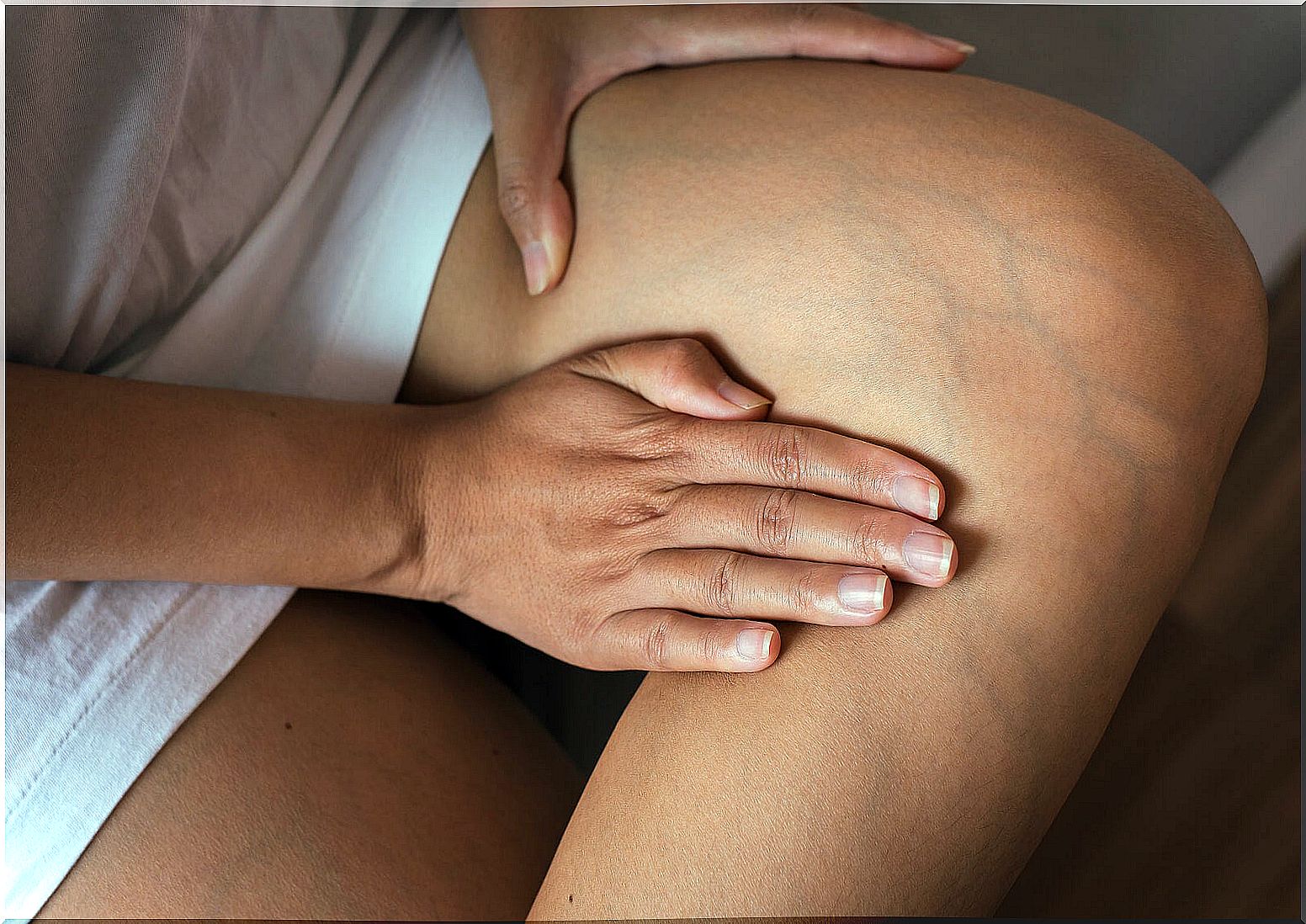
What we know as fluid retention is usually the consequence of the accumulation of water in the body’s tissues. Why does this occur? Normally, due to an existing imbalance between the flow of liquids from one area to another.
The body is continually compensating the fluid level so that it remains in the proper proportions. When we drink more water than necessary, we eliminate the excess through the kidneys, in the form of urine, or through the sweat glands.
The problem arises when the body cannot eliminate this excess fluid. Balance cannot be maintained and this leads to so-called fluid retention.
Hydration and edema

Edemas are a clear example of the storage of water in the body that manifests itself mainly in the legs, as indicated in the text Hydration and physical exercise. In this sense, it should be noted that it is in the legs where the circulation needs more force for proper functioning and, therefore, where the imbalances occur most.
The MedlinePlus Medical Encyclopedia points out that, generally, edema is induced by a hormonal situation dominated by estrogens, an excess of sodium in the diet and poor blood circulation due to sedentary lifestyle, among other causes.
If this fluid retention is also located in the upper part of the body (with possible edema in the arms, hands and even the face), it could be due to poor kidney function.
It should be borne in mind that in women it is quite normal for fluid retention to occur during the menstrual cycle. Therefore, it would not be necessary to be alarmed if it were something temporary.
The function of the veins
Veins are not static channels. Their coating allows the entry or exit of liquids. Sometimes, for different reasons, the mechanism that regulates this flow of fluids does not work well and they accumulate in some parts of the body.
Why is this happening? It can be due to various reasons. Mainly, because the veins do not have the necessary consistency to retain the liquid, which happens when there are varicose veins. Although, it could also occur when standing for a long time, among other reasons.
Signs of fluid retention
A clear indication of fluid retention is when when pressing the skin of the legs it can be observed that a sign of the pressure exerted is marked. You will see a kind of indentation that will remain for a while.
If fluid retention occurs frequently and there are visible edema, it is best to see a doctor for an evaluation. In this way, complications that may be related to circulation can be detected and prevented.
Tips to end body swelling
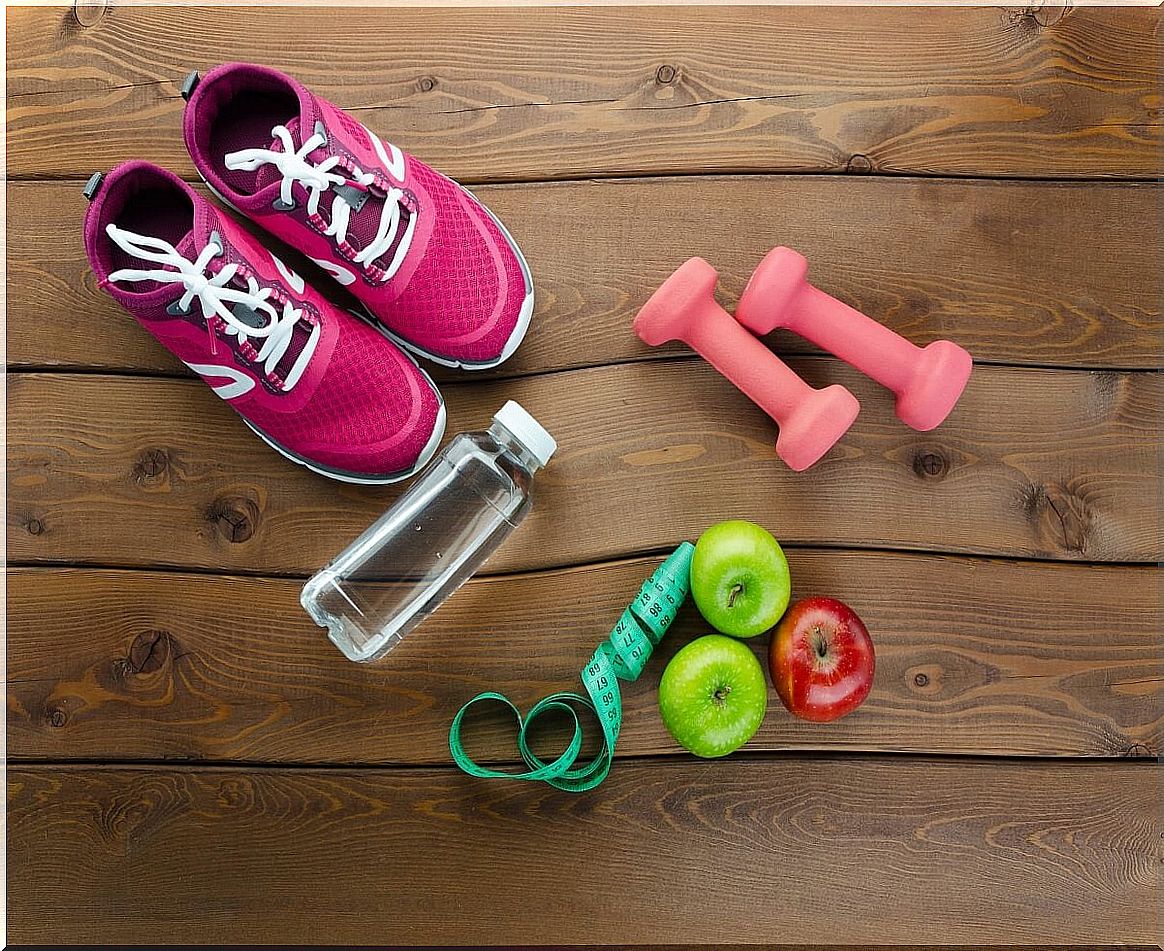
The Spanish Heart Society explains that both sport and physical exercise are essential to alleviate or avoid fluid retention. In particular, exercises that do not require high resistance or cause a strong muscular impact.
Physical activity will activate circulation throughout the body, especially in the legs, by compressing the muscles on the veins. This will help to gradually relieve swelling and other discomfort.
In addition to exercising, it is essential that you keep the following in mind.
- Elastic stockings would also help prevent fluid retention, especially in people with a very sedentary activity, whether standing or sitting.
- Some fruits and vegetables have a decongestant effect on circulation (this is the case of grapes).
- Pineapple and papaya, and other potassium-rich fruits, such as bananas, cantaloupe, and watermelon, are foods that may be helpful if you tend to retain fluids.
- To improve the appearance of swollen ankles, it is recommended to lift the legs at different times of the day.
- Clothing must be comfortable. The adjusted excess garments make circulation more difficult and favor retention.
- It is advisable to take less salt in all meals. Although the body requires a minimal dose, excess salt also enhances fluid retention.
- It is advisable to add some aromatic herbs and plants with diuretic properties to the diet. Examples include horsetail, green tea, dandelion, etc.
By putting all these tips and instructions from your family doctor into practice, you will not only prevent or alleviate fluid retention, but you will also gain overall health and well-being.
